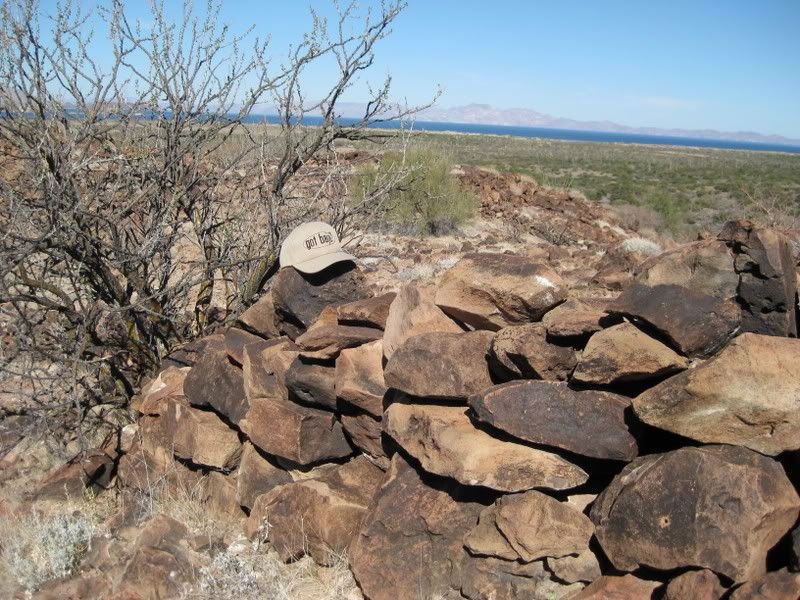Originally posted by Osprey
Monoloco: several field study papers on the cave paintings point to evidence that the pigments used were ground minerals from rocks (Hematite) mixed
with water, urine and sap from cactus. They have used more than a dozen systems of age dating (some overlapping to bolster results of others). The
oldest tested to 7,500 YBP at the San Borjitas cave.
Don't know what the future finds will hold but I think the paint places were places of worship visited by ancient pilgrims who only camped there. So
if I'm right, one would expect to find the things usual to a campground: toilet middens, kitchen middens, campfire evidence, things they ate and used
on their visits before they went home. Very intriguing stuff because the cave figures were painted at different times; 7,500, 3,000, 2,000, YBP, etc
so similar style artists painted over the work of their forbears with 1000s of years in between. I just can't see any group of people able to survive
continuously in that very hostile environment for thousands of years -- I think the painters were from Japan and came here quite often in large groups
putting ashore all along the coast and spending lots of time in Vizciano. |














